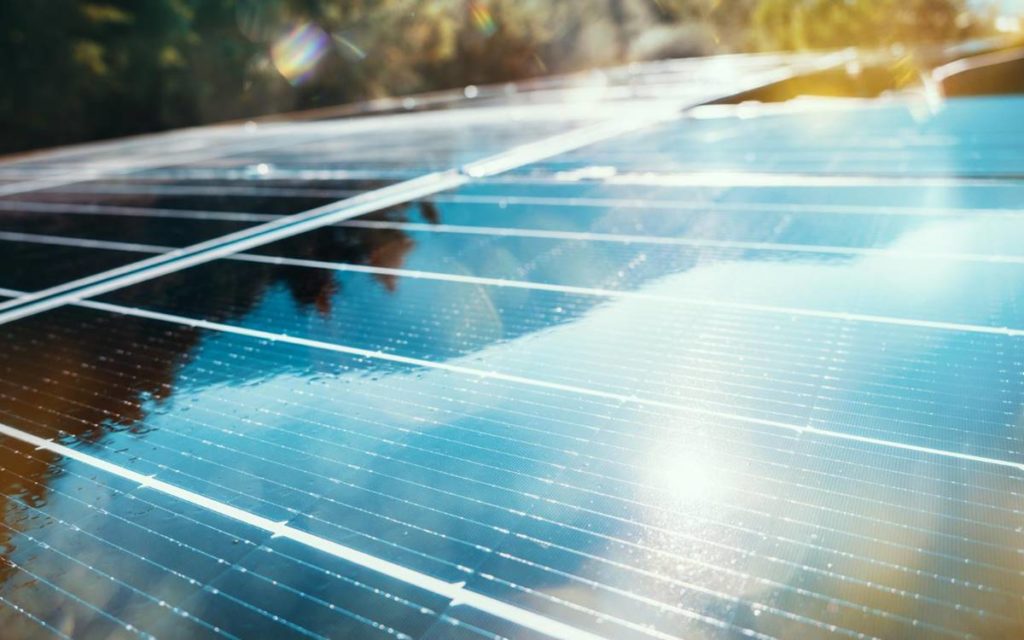The Financial Benefits of Selling Excess Energy Back to the Grid
When you invest in a solar power system for your home or business, you’re not just generating electricity for your own use; you’re also potentially producing more energy than you need. In this post, we’ll explore the concept of selling excess solar energy back to the grid and how it can be a smart financial move.
What is Excess Solar Energy?
Solar panels generate electricity based on the amount of sunlight they receive, not on how much energy you use. This means that sometimes, your system may produce more electricity than you need. Instead of wasting this surplus energy, you can sell it back to the grid and earn money for it.
Feed-in Tariffs: What You Need to Know
The amount you can earn for the excess electricity you feed back into the grid depends on several factors, such as your location, electricity retailer, and the time of day. These payments are commonly known as “feed-in tariffs.” In Australia, feed-in tariffs typically range from 3 to 15 cents per kWh, and they can significantly lower your energy costs.

Why is Selling Excess Solar Energy a Smart Move
Selling excess solar energy back to the grid isn’t just about saving money; it’s also about increasing the overall value of your solar power system. By using your solar panels to their full potential, you can achieve a higher return on investment (ROI) and ensure that your system pays for itself sooner.
Moreover, feeding excess solar energy back into the grid contributes to a more sustainable energy ecosystem by reducing the reliance on fossil fuels and supporting the transition to cleaner, renewable energy sources.
Get Started with Solar
If you’re interested in selling excess solar energy or have any questions about solar power, don’t hesitate to contact us. We’re here to help you make the most of your solar investment. We can provide you with a free quote and a personalised solar installation plan that suits your needs and budget.
